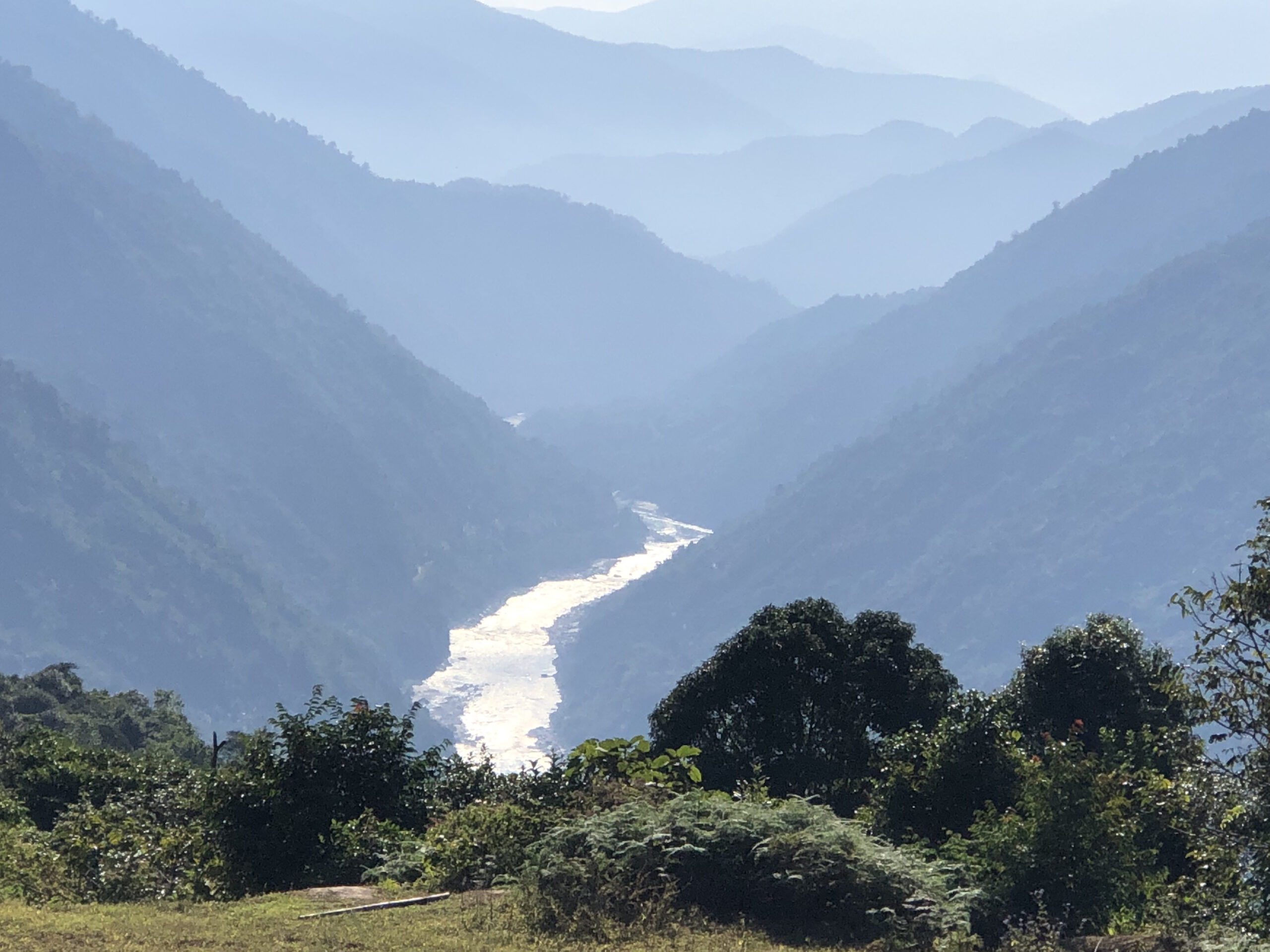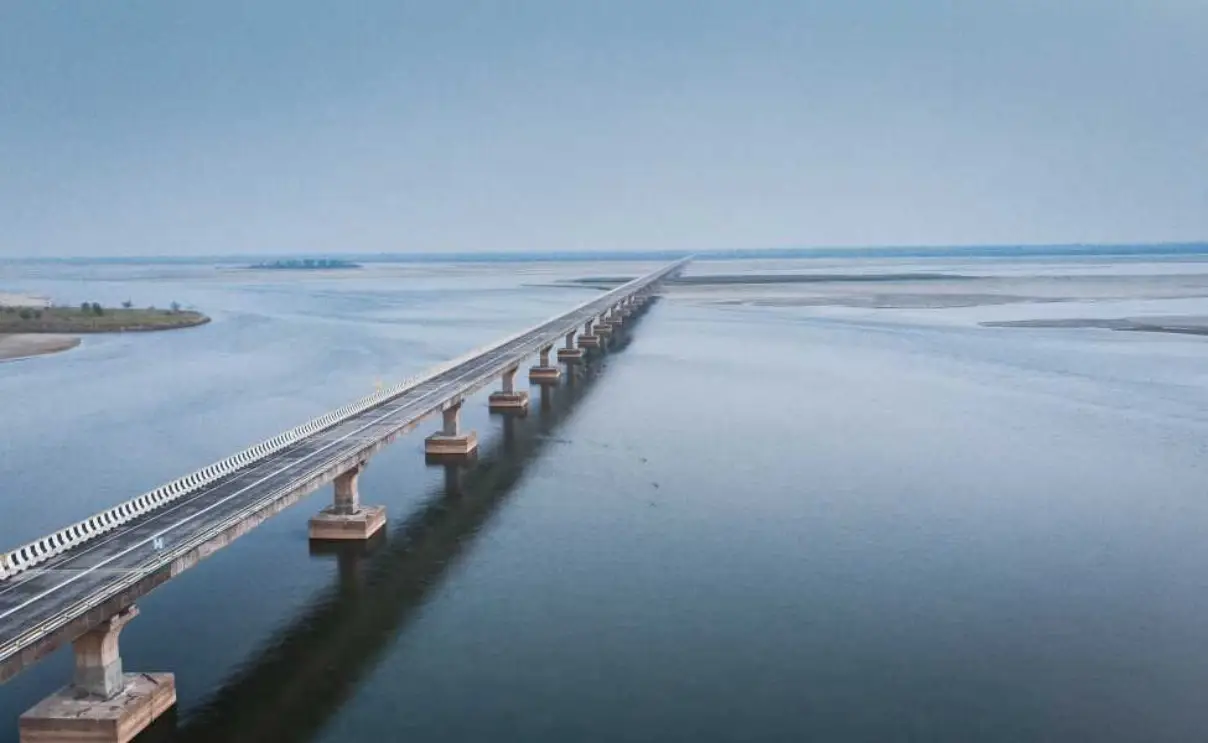The Chinese government has greenlit the construction of a massive hydropower project in the lower reaches of the Yarlung Zangbo River in Tibet, a move that has triggered widespread concerns among downstream nations, including India and Bangladesh. Known as the Brahmaputra River in India, the Yarlung Zangbo’s flow will be significantly impacted, raising fears of ecological disruption, reduced water supply, and geopolitical tensions.
Estimated to cost over 1 trillion yuan (approximately US$137 billion), this hydropower project surpasses the investment in the iconic Three Gorges Dam by a substantial margin. Designed to generate a staggering 300 billion kilowatt-hours of electricity annually—three times the output of the Three Gorges Dam—the project will be the most expensive and largest of its kind globally. The dam is slated for construction at a colossal gorge in the Himalayan reaches, where the river curves sharply in a dramatic arc before entering Arunachal Pradesh in India and eventually flowing into Assam and Bangladesh.
A high-stakes endeavour
According to a Dialogue Earth report the proposed project is located in an area of high rainfall, leveraging the Yarlung Zangbo’s 2,000-metre vertical drop over a 50-kilometre stretch in Medog County, southeastern Tibet. While touted as a marvel of engineering and a green initiative to boost China’s carbon neutrality goals, the project’s potential ecological and geopolitical repercussions cannot be overlooked.
Dialogue Earth report further adds that China has already constructed two smaller dams on the river’s mainstream, completed in 2014 and 2023, and planned three more, making this sixth project—frequently referred to as the “Medog Hydropower Station—the crown jewel of its hydropower ambitions. However, the downstream nations, particularly India and Bangladesh, are raising alarms over the Yarlung Zangbo hydropower dam’s capacity to disrupt water flow and impact their water security.
Riparian concerns and ecological risks
India and Bangladesh, as downstream riparian states, have expressed unease about the potential consequences of this project. The Brahmaputra originates on the Tibetan Plateau and provides a vital water source for millions of people and vast agricultural zones. India has repeatedly cautioned against large-scale damming by China, warning that it could effectively cut off water supply downstream. Although experts note that the majority of the Brahmaputra’s water volume comes from Indian and Bhutanese tributaries, the ecological risks posed by such an enormous dam are profound.

The Himalayan region is an ecologically fragile zone located along a tectonic plate boundary, making it highly susceptible to earthquakes. Defence analyst Brahma Chellaney has highlighted the seismic risks, referencing the devastating 2008 Kardze earthquake, which caused over 80,000 deaths and was linked to a nearby reservoir. Large dams in such regions amplify the potential for catastrophic events, including landslides and flash floods.
Concerns also extend to biodiversity and local ecosystems. The Tibetan Plateau, one of the most diverse ecological zones, stands to lose invaluable flora and fauna due to habitat destruction. Human rights activists and environmentalists have noted that the project could displace local communities and irreparably alter the natural landscape. The BBC has reported on the significant social and environmental costs of similar projects in Tibetan areas, which have faced resistance from local populations.
Historical Context and Local Resistance
The strategic focus on the Brahmaputra Basin is reminiscent of China’s controversial dam-building activities in the Mekong Basin. Large dams constructed by China along the Mekong have been linked to droughts and ecological imbalances in downstream countries, heightening fears of similar consequences in the Brahmaputra Basin.

Local opposition to dam projects in Tibet has been a recurring theme. According to a Phayul news report earlier this year, protests against the Kamtok Dam project on the Drichu River in Dege County led to hundreds of detentions and reports of injuries. The report adds that the United Nations has also weighed in, with 13 human rights experts raising concerns about the Kamtok project’s impact on cultural and religious sites. Yan Zhiyong, the former chairman of the Power Construction Corporation of China, had earlier identified the Yarlung Zangbo’s lower reaches as ideal for hydropower, emphasising the river’s immense vertical drop as a resource ripe for exploitation.
China’s Official Stance
China has consistently played down apprehensions regarding its hydropower projects. Mao Ning, China’s Foreign Affairs Minister, has asserted that China remains a responsible developer of cross-border rivers and has undertaken extensive studies to ensure ecological and geological safeguards. Chinese state media has echoed this sentiment, presenting the project as pivotal for achieving carbon neutrality and addressing global climate change. According to Xinhua news, the dam is a “green” initiative that aligns with China’s strategy for low-carbon development.
However, such reassurances have done little to assuage fears. Sanjaya Bhattacharyya, a former diplomat, has highlighted on X the dam’s adverse effects on the environment, security, and living standards in downstream areas could be profound. Drawing parallels with the Mekong Basin, Bhattacharyya warns of the potential for large-scale ecological disruptions that may mirror past devastations.
A broader civilisational impact
Beyond the immediate ecological and geopolitical implications, the dam’s construction also raises concerns about the cultural and historical integrity of Tibet. Since its annexation in the 1950s, Tibet has faced intense scrutiny over Chinese infrastructure projects that many argue undermine the region’s unique identity.
By altering river flows and landscapes, these projects risk erasing the historical and spiritual ties that rivers like the Yarlung Zangbo represent for the Tibetan people.The Yarlung Zangbo hydropower project highlights the pressing need for greater transparency and a thorough assessment of its ecological, cultural, and geopolitical impacts. While the push for renewable energy is often portrayed as progress, the downstream repercussions and broader consequences of such massive undertakings demand closer scrutiny. Past experiences, such as the ecological disruptions in the Mekong Basin, serve as stark reminders of the lasting damage that unchecked dam-building can inflict.
As India, Bangladesh, and global stakeholders continue to monitor the situation, it remains crucial to advocate for transparency, cooperation, and sustainable development in managing shared water resources. The story of the Yarlung Zangbo is not just about a river but about the intricate and fragile connections that bind nations, cultures, and ecosystems together.







